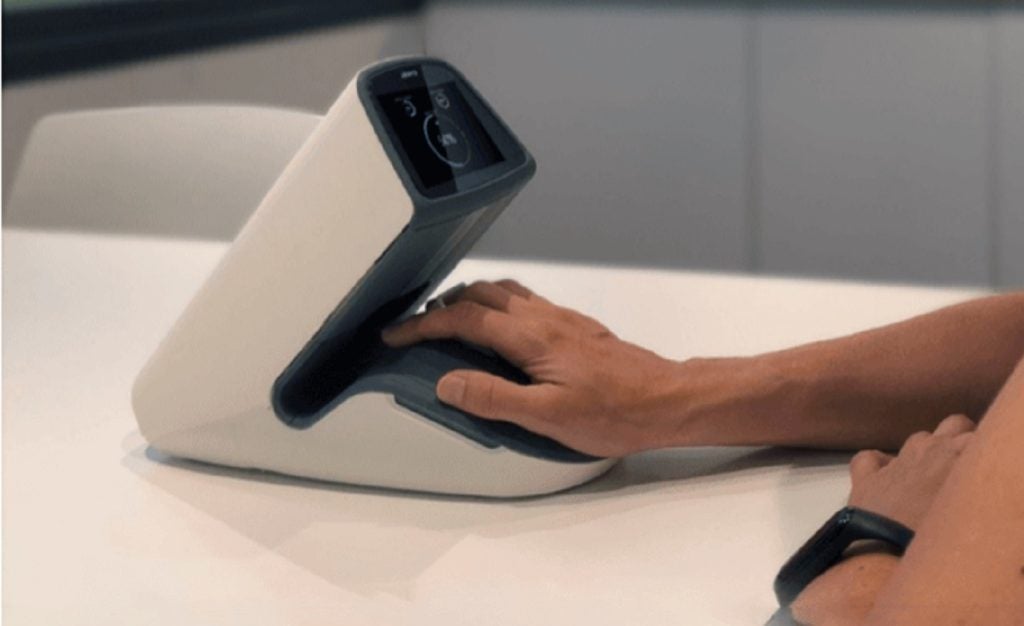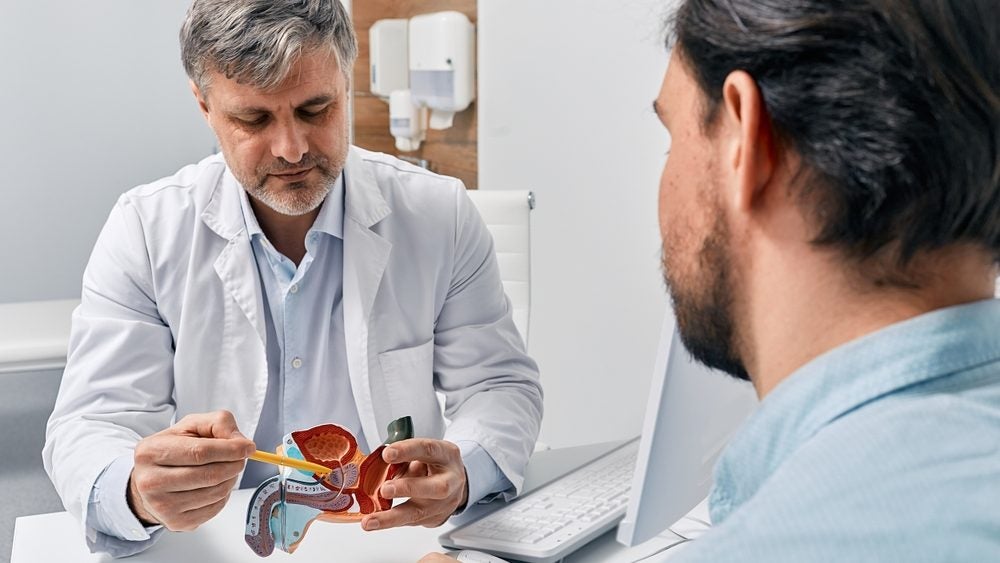
Patenting a piece of software can be a pain. The UK Patents Act rules that ‘software as such’ cannot be patented unless certain criteria are met, while the European Patent Convention states that software can be patented only if it achieves a technical contribution to the ‘prior art’ – all of the publicly available information before a given date that might be relevant to the patent’s claims of originality.
Essentially, software as such is not patentable unless the developer can robustly demonstrate a technical effect associated with it. But what does this mean for medical software patenting? Medical Device Network catches up with Potter Clarkson senior associate patent attorney Esmé Swindells about the impact of the pandemic on medical software patenting, the difficulties with in silico data and why patenting is so important for digital health companies.
Chloe Kent: Why is medical software patenting so difficult?
Esmé Swindells: European practice is that you can’t necessarily patent software per se, it needs to have some kind of technical effect associated with it. In theory it shouldn’t be too difficult to patent your software in the medical field, as it’s not actually too difficult to find a technical effect associated with your software. I think the issue is typically with working out how to draft your claims, making sure you hit that technical aspect that’s required by patent officers.
CK: How can a digital health company ensure that its technology is patentable?
ES: Work very closely with patent attorneys. For some of our clients we’ll have quarterly meetings and we’ll run through all of their current portfolios to see where their projects are at, but also importantly talk through other research programmes. Obviously patent attorneys know the law better, so they’ll pick up on things that might be patentable, bits of data that sound interesting.
How well do you really know your competitors?
Access the most comprehensive Company Profiles on the market, powered by GlobalData. Save hours of research. Gain competitive edge.

Thank you!
Your download email will arrive shortly
Not ready to buy yet? Download a free sample
We are confident about the unique quality of our Company Profiles. However, we want you to make the most beneficial decision for your business, so we offer a free sample that you can download by submitting the below form
By GlobalDataIt’s a case of making sure, before you file your application, that you assess what the technical feature is and have data that supports this. It wouldn’t be enough in the application to just say ‘look, we’ve used this AI algorithm’, you need to demonstrate the medical technical effect.
Data is key for getting patents through in the medical field. Something that’s obviously come out of AI is the in silico data, where algorithms are used in the drug discovery phase to target a particular disease. At the moment it’s a fine line between when you file your patent application based on in silico data and when you’re going to get in vivo data. We typically say to applicants not to solely rely on in silico data, and we try and get in vivo data before filing the main application. If you’ve got in vivo data in your application, the patent is very likely to go through to grant, whereas in silico data is unlikely to hit the sufficiency requirements at the moment.
CK: Do you see the patent application process becoming more succinct?
ES: Regarding in silico data, I’d like to think that it will change, but it will take time. I think over the next couple of years you are going to get more and more companies that are filing applications relying on in silico data, and while the EPO [European Patent Office] are slow, they’re not stupid – they do keep up to date with trends and commerciality. I think they will change at some point, but I don’t think it will be soon.
With exclusions, I’m not sure that they need to change. I think it’s good that you have to associate your software with some kind of technical effect, otherwise a piece of software could arguably cover too much.
Regarding regulations around AI, I think that’s going to change a lot over the next couple of years, it’s just such a new territory that regulatory bodies are still working out how best to address it. You could go to two different doctors with the same symptoms and they might tell you two different things and prescribe you two different things, so it’s quite difficult for academic bodies to work out how to regulate some kind of AI app that might be advising you, as that may also not be completely uniform.
CK: Why is patenting so important for medical software companies?
ES: For multiple reasons. The most obvious is it allows you to stop competitors performing something that falls within your patent. It gives you protection for what you’re doing. Also, it really helps to get investment for start-ups, investors like to see a solid patent portfolio and they don’t want to invest in something that a third party could quite easily copy.
CK: What are your predictions regarding patent case law over the next five years?
ES: I think there’s going to be a huge boom in applications for digital therapeutics, which is a good thing because it will gives us more case law to work with and help to define boundaries for future applications.
For the combination of software and AI and bio, I think there’s still the slight unknown as to how much detail you need to put in your applications to make those sufficient. Do you need to include the full algorithm? Do you need to include the training data? How much of that do you need to put into the claim? All these questions are arising among patent attorneys, because we obviously don’t really know yet, given it’s such a new field. So I suspect there will be case law coming through over the next few years around that.
We don’t know yet because applications don’t publish until 18 months after they’ve been filed, but I think particularly in last year there will have been a big boom in digital health patents being filed. Covid seems to have really accelerated the process and I think a big part of that is acceptance, in terms of the doctors and clinicians as well as the public. I think before Covid there was a really big negativity towards people not going to their doctor, whereas now people have already been forced to do remote monitoring and telemedicine and are now really happy with it.
On the data side of the patent applications, it’s allowed people to actually get their data a lot quicker because they’ve been able to do everything via remote monitoring in clinical trials, particularly things like blood pressure monitoring which is very easy for patients to do at home. They don’t have to trundle however many miles to the doctor’s office to take these readings. A lot of companies have been able to get that data quicker and get their applications filed, not having to worry about only having in silico data.







